“On the Spot” backs members of Culture on the Edge into a corner to talk about their backgrounds, their ongoing work, and what might be gained by an alternative understanding of how identity works.
 1) When people ask what you study, what do you tell them?
1) When people ask what you study, what do you tell them?
Typically, I respond with the straightforward “Religions of India, like Hinduism and Islam” or “Religions of Asia.” While the answer prompts some people to talk about whomever they know who is from India or has visited India, the perceived exotic nature of India, Hinduism, and Islam means that fewer people are confident to start a lengthy discourse about India, as some people do if I simply answer “religion.”
2) How do questions of identity manifest in your research?
My initial intention was to study the difference between strict religious identifications and the fluidity of practice, as many in India participate in practices that we commonly identify with competing religions. Self-identified Hindus not only celebrate festivals with their co-workers and friends who identify as Muslim, but they also often pray for healing or assistance at Sufi shrines. Similarly, self-identified Muslims have cooperated with Hindus in both ritual and non-ritual practices, even serving as sponsors and performers in particular festivals. And the same dynamics play out among people who identify as Sikh, Jain, or Christian in many parts of India. Continue reading “On the Spot with Steven Ramey”

 Accusations of cultural appropriation have been especially prevalent recently. The depiction of Jeff Bezos as Vishnu on the cover of Fortune magazine
Accusations of cultural appropriation have been especially prevalent recently. The depiction of Jeff Bezos as Vishnu on the cover of Fortune magazine 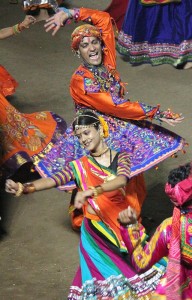 Constructing and maintaining a group, a community, requires significant effort, and at times that effort generates disagreements. In India, an organization announced this week that they were
Constructing and maintaining a group, a community, requires significant effort, and at times that effort generates disagreements. In India, an organization announced this week that they were 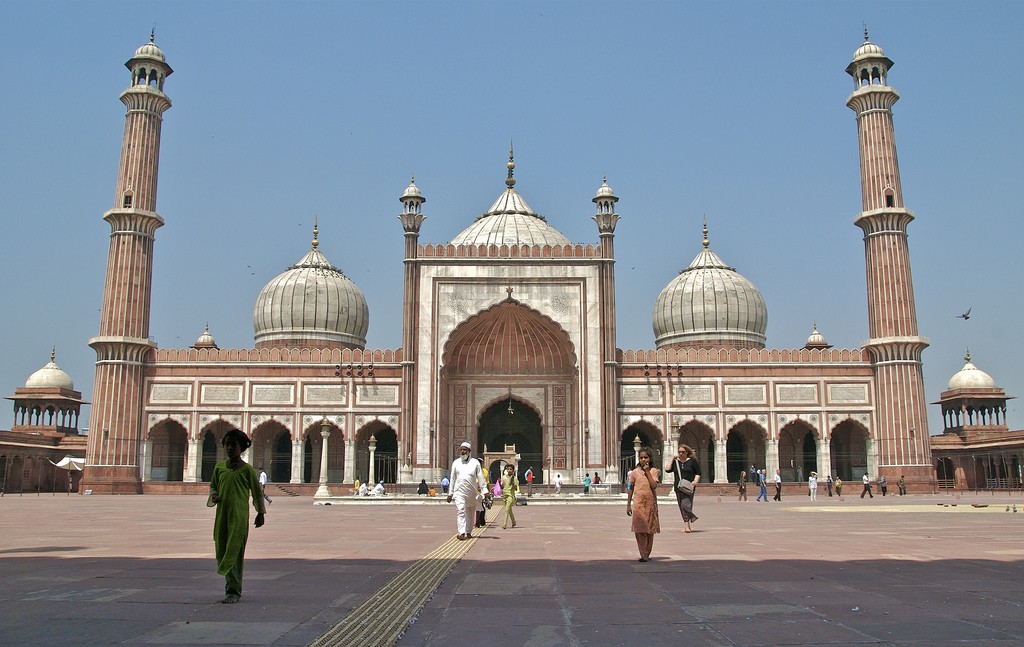 Are Muslims taking over India? Recently released data from the 2011 Census of India generated various headlines, from the alarmist assertion that the percentage of
Are Muslims taking over India? Recently released data from the 2011 Census of India generated various headlines, from the alarmist assertion that the percentage of  “Look! . . . Up in the sky. . . . It’s a bird. . . . It’s a plane. . . . No, it’s Superman!” When someone points out something in the distance, like an object flying through the sky, it can be hard to recognize just what it is. We attempt to name it, place it in a clear category, but sometimes our categories don’t fit, especially when working with complex societies, and the category that we attempt to force it into often influences what we actually see.
“Look! . . . Up in the sky. . . . It’s a bird. . . . It’s a plane. . . . No, it’s Superman!” When someone points out something in the distance, like an object flying through the sky, it can be hard to recognize just what it is. We attempt to name it, place it in a clear category, but sometimes our categories don’t fit, especially when working with complex societies, and the category that we attempt to force it into often influences what we actually see.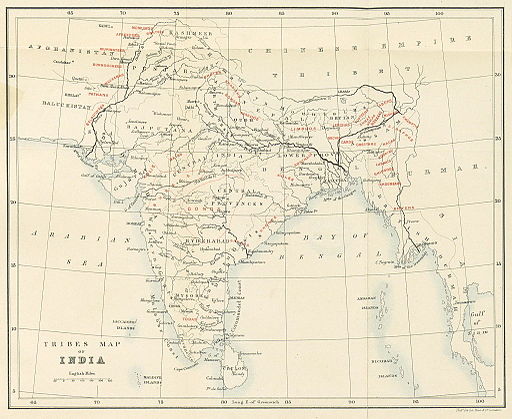 Prompted by the discussion surrounding Rachel Dolezal’s NAACP resignation, this series of posts is about how and when we take performativity seriously…, and when it bows to interests in historical or experiential specificity.
Prompted by the discussion surrounding Rachel Dolezal’s NAACP resignation, this series of posts is about how and when we take performativity seriously…, and when it bows to interests in historical or experiential specificity.
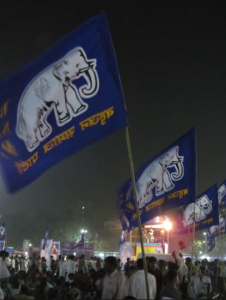 During the ongoing campaign for India’s Parliament, a leader of the Bahujan Samaj Party (BSP), Mayawati, reportedly asserted that
During the ongoing campaign for India’s Parliament, a leader of the Bahujan Samaj Party (BSP), Mayawati, reportedly asserted that 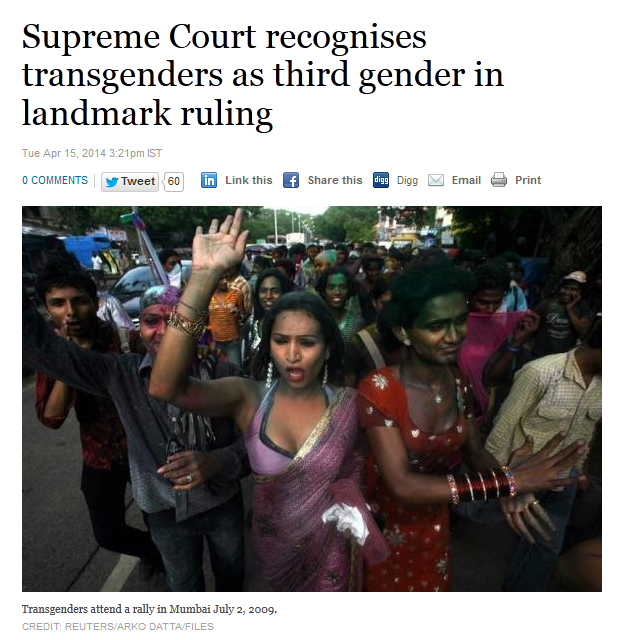 A recent
A recent 
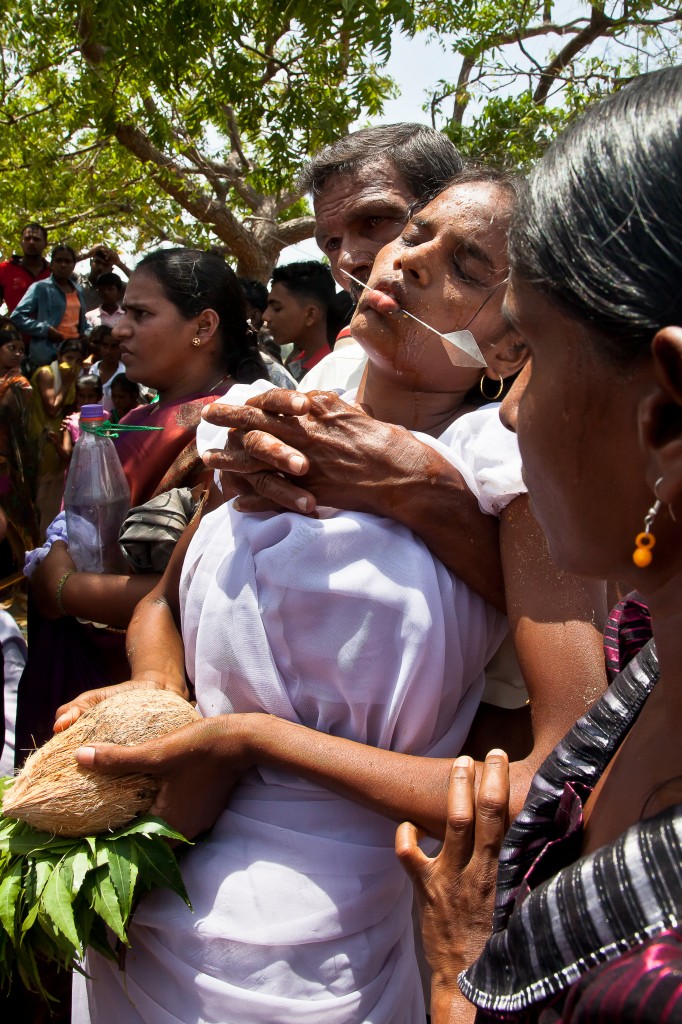 The Huffington Post has a new
The Huffington Post has a new